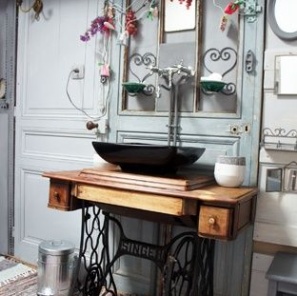John Lautner’s Architecture
John Lautner is a famous architect who worked in Southern California and had a big influence on the American Architecture. He combined progressive engineering with humane design and dramatic space-age flair.
Modern Californian Architect John Lautner
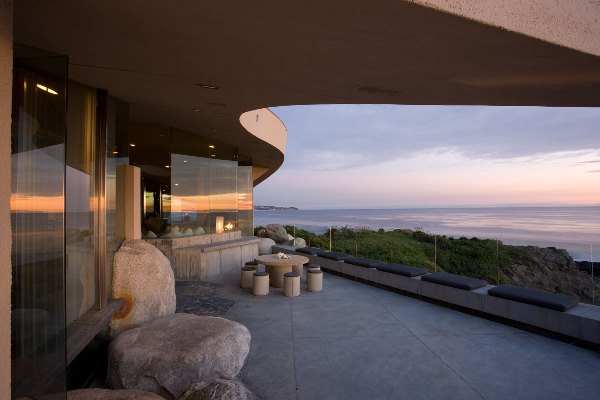
John Lautner’s Open Plan Architecture
He worked mostly with private clients but also built several public buildings such as Googie’s, Coffee Dan’s and Henry’s restaurants, the Beachwood Market, Desert Hot Springs Motel, and the Lincoln Mercury Showroom in Glendale. And his domestic commissions were a huge input into a modern Los Angeles’ look.
He is known by his undoubtable talent to put the building into a surrounding environment and build a strong, natural connection between indoor and outdoor spaces. His houses look as if they were naturally born from nature like stones or lakes. And from inside open plans and non-liner structures shows his buildings as an inextricable part of the surrounding nature.
John Lautner’s drawings and plans are recommended to use as a study material for students of architecture department, because Lautner’s works a lot of time faced the difficult tasks like locations such as a hill or seashore. He preferred to build his houses on a slope of a hill rather than on top of it. Practically this and many more was an influence of his teacher and later his boss and partner Frank Lloyd Wright. He taught him first of all to consider any architecture project as a total concept. That is why his buildings look very solid. Another influence by Frank Lloyd Wright can be noticed in John Lautner’s strong preoccupation with essential geometric forms — the circle and the triangle are the dominant motifs in both his overall designs and his detailing.
John Lautner respected his teacher (“Mr. Wright” as he called him) a lot. He believed that Mr. Wright is the biggest person in architecture of those days. There was no one who could compare to him. But John Lautner intentionally didn’t follow Wright’s drawings and plans to create his own style and philosophy.
Also John Lautner is known by his outstanding ability to use new materials in construction. As Jean-Louis Cohen notes in his essay “John Lautner’s Luxuriant Tectonics”: “There is absolutely no dogma in Lautner’s attitude to materials; as a result he never subordinates the design concept of his buildings to any rigid rule that would require the primacy of a single material in a project. Even where he demanded rigorous continuity and integrity, as with wood in the Walstrom House and concrete at Marbrisa … he never allowed that to undermine the sense of structure and always took into account the need for a certain structural logic … He was happy to bring together wood and concrete … as he did in the Desert Hot Springs Motel … to have cables meet concrete and plastic, as in the Tolstoy House, to carry a wooden roof on steel supports, as in the Garcia House, or, so evident in the Chemosphere, to allow three radically different materials to work with each other — a structure of laminated lumber to enclose the dwelling area, metal struts to carry it, those struts bolted onto the vertical concrete column that anchors the unit to the hill”.
He didn’t like the architecture of California when he just arrived there. He was in love with the rural environment of places where he was born and grew up – Michigan, Arizona and Wisconsin. Series of his works in California were somehow his endeavor to bring good-looking architecture to California. And he did. The Carling and Harpel houses, the Chemosphere and the Sheats Goldstein Residence, which were designed by John Lautner, have become inextricably associated with Los Angeles in public’s imagination.
Scally Brandson
Latest posts by Scally Brandson (see all)
- How to Expand Space in Small Room with Wallpaper - October 8, 2013
- How to Choose Wallpaper. Part 2. Choosing Wallpaper - October 8, 2013
- How to Choose Wallpaper. Part 1. Types of Wallpaper - October 8, 2013
Leave a Reply

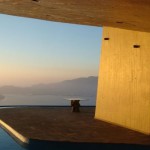
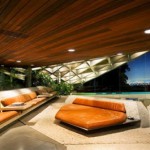
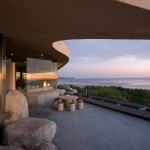
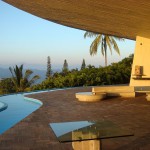
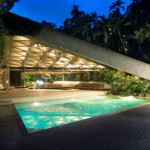
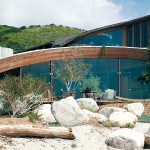
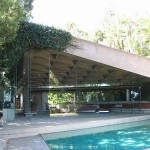
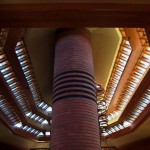
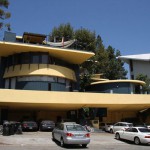
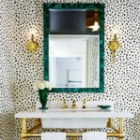

 Color
Color Design Style
Design Style Small Space
Small Space Useful Tips
Useful Tips